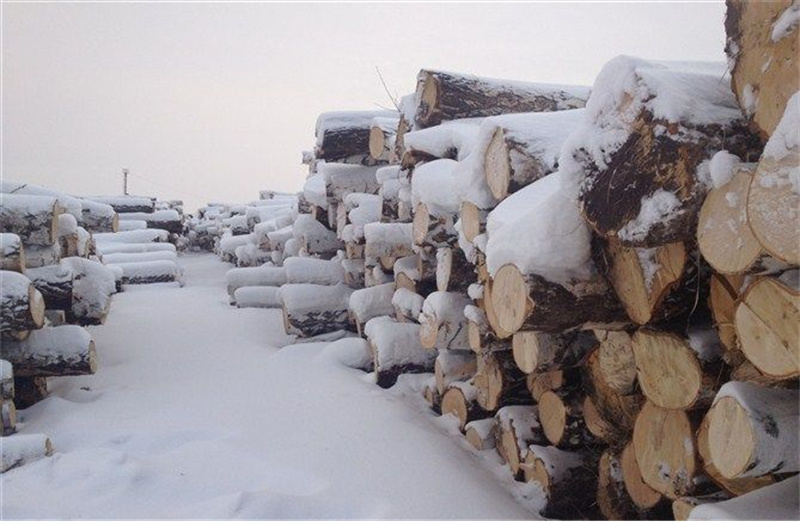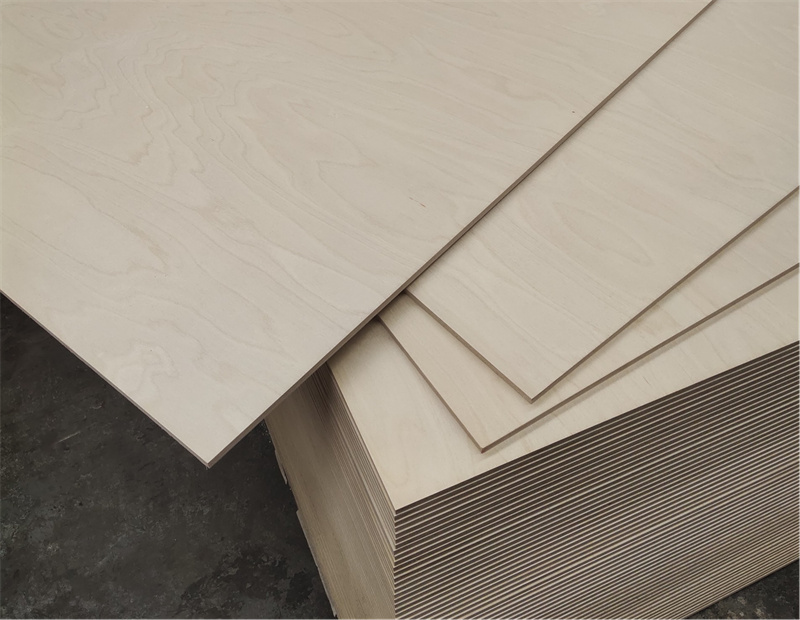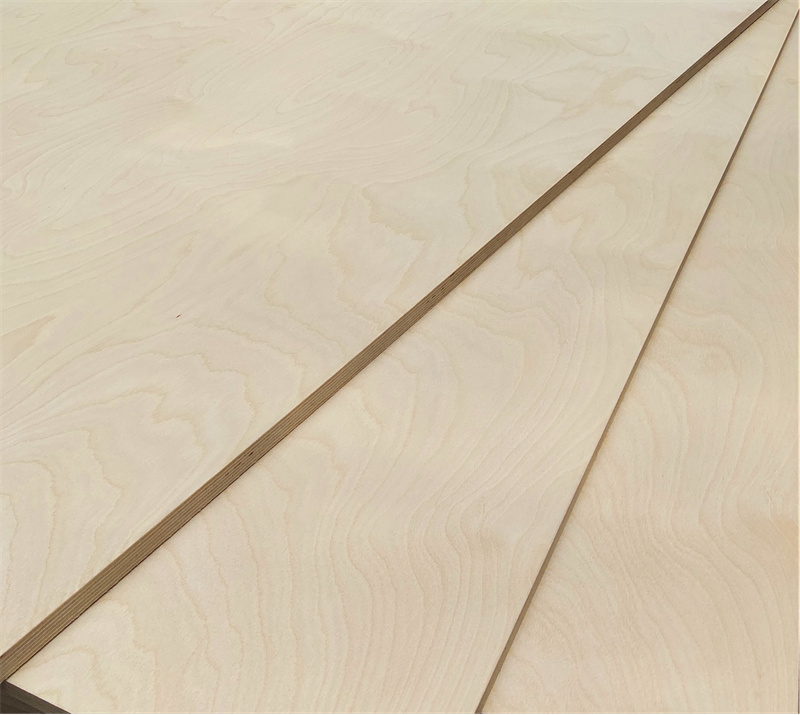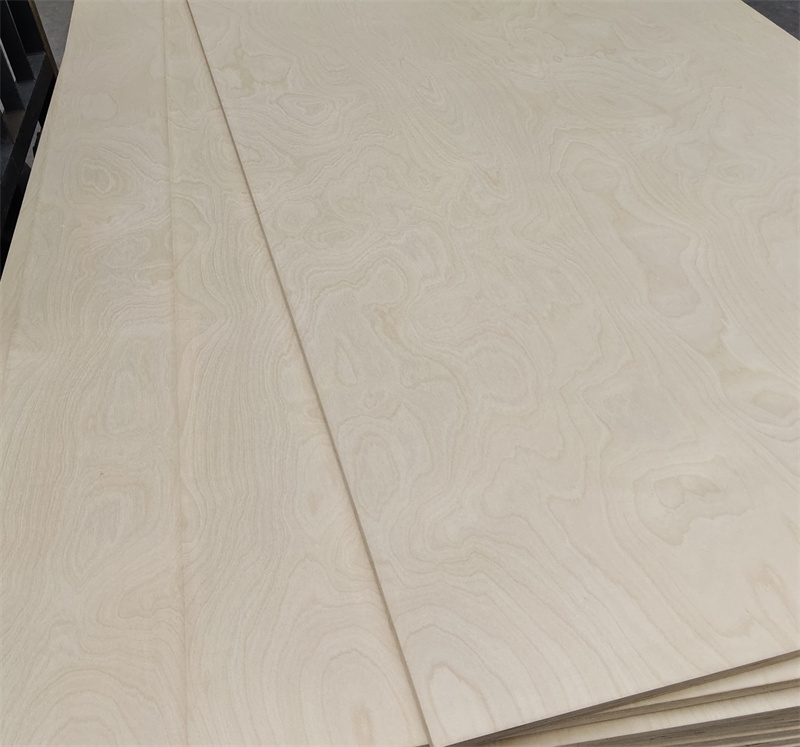The grade of baltic birch plywood is evaluated based on defects such as knots (live knots, dead knots, leaking knots), decay (heartwood decay, sapwood decay), insect eyes (large insect eyes, small insect eyes, epidermal insect grooves), cracks (through cracks, non through cracks), bending (transverse bending, straight bending, warping, one sided bending, multiple sided bending), twisted grain, external injuries, blunt edges, etc., based on the presence, size, and quantity of these defects. Of course, due to differences in material types (direct use of logs, sawn logs, sawn logs, etc.), sources (domestic or imported), and standards (national or enterprise standards), there are different regulations. For example, there are grades I, II, and III, as well as grades A, B, and C, and so on. For a deeper understanding of this knowledge, please refer to relevant wood standards or materials.

The baltic birch plywood classified into Class B, BB, CP, and C. The evaluation is as follows:

Class B
Natural baltic birch wood veneer grade characteristics:
Light colored knots with a maximum diameter of 10 millimeters are allowed; A maximum of 8 knots per square meter are allowed, with a diameter not exceeding 25mm;
For nodes with cracks or partial detached knots, if their diameter is less than 5 millimeters, the number is not limited;
For cracked or partially detached nodes with a diameter of more than 5 millimeters, a maximum of 3 nodes per square meter is allowed. A maximum of 3 knots per square meter are allowed to fall off, and brown spots are not allowed; Cracks and core materials are not allowed.
Production level characteristics:
No patching allowed, no double patching allowed, no putty patching allowed, no production pollution allowed, and no splicing allowed.
Class BB

Natural baltic birch wood veneer grade characteristics:
Dark or light colored knots with a maximum diameter of 10mm are allowed: no more than 20 knots with a diameter of 25mm or less are allowed.Allow 5 of them to have a diameter of up to 40 millimeters.There is no limit to the number of open or semi open dead knots with a diameter of less than 15mm.Allow 3 open or half open dead knots per square meter.Natural brown color difference less than 50% board surface.Cracks with a width of not less than 2 millimeters and a length of not more than 250 millimeters are allowed to have 5 cracks per 1.5 meters.The core material shall not exceed 50% of the board surface.
Production level characteristics:
Double patching, putty patching, production of stains, and splicing are not allowed.
The limit on the number of patches is equivalent to the number of flatteries mentioned above.
Class CP
Natural baltic birch wood veneer grade characteristics:
Knots allow:
Crack width not greater than 1.5mm:
Open or semi open dead knots are allowed: there is no limit to the number of open dead knots with a diameter of less than 6 millimeters.Natural brown color difference spots are allowed.There is no limit to the number of cracks with a width of no more than 2 millimeters and a length of no more than 600 millimeters.
Production level characteristics:
Putty patching, production of stains, and splicing are not allowed.
All dead knots with a diameter greater than 6mm must be patched and double patching is allowed.
Class C:

Natural birch wood veneer grade characteristics:
Dark and light colored knots are allowed;
Open or semi open deadlocks are allowed; A maximum of 10 open knots per square meter is allowed for diameters below 40mm.When making triple birch plywood, the holes after symmetrical dead knots fall off shall not be used for the outer layer.Natural brown color difference spots allow.
Production level characteristics:
Splicing is not allowed, goosebumps on the surface can be used without sealing, and production team contamination is allowed.
Post time: Sep-07-2023
